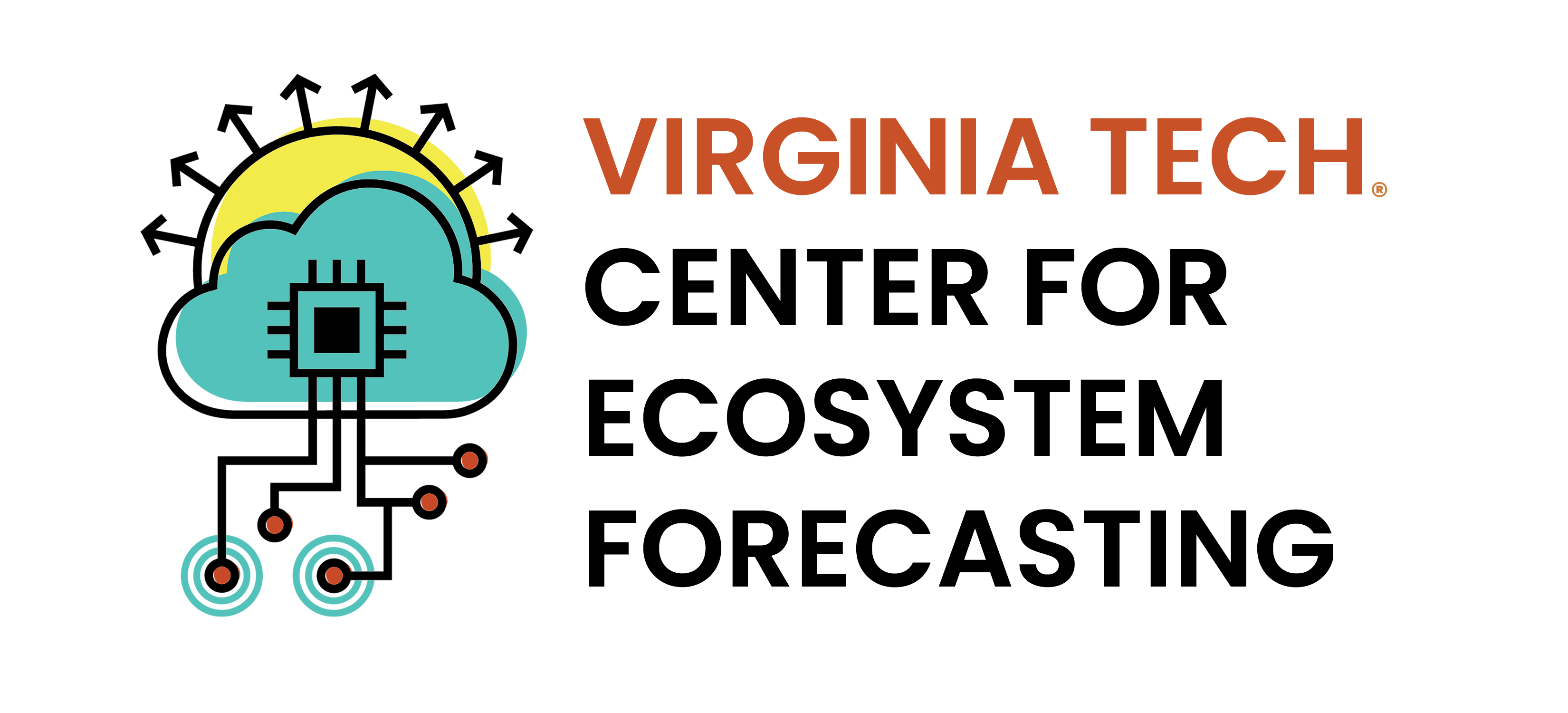9 Adding uncertainty to forecasts
The forecast you generated in Chapter 8 included uncertainty introduced by the uncertainty in the future weather. As you learned in Chapter 3, many other sources of uncertainty could be included in your forecast. Your task is to apply the techniques in Chapter 3 to generate additional sources of uncertainty in the forecast model from Chapter 8. When you are finished, your model from Chapter 8 should have driver, parameter, and process uncertainty. You will submit the assignment as an updated GitHub repository with the code and plot of your forecast with all uncertainty sources included.
You will be generating forecasts of water temperature at NEON aquatics sites.
A version of the template from Chapter 8 is provided that recodes the template to match the approach in Chapter 3. You should add your model from Chapter 8 to this template before adding the uncertainty sources from Chapter 3.
9.1 Reading
Thomas, R. Q., Boettiger, C., Carey, C. C., Dietze, M. C., Johnson, L. R., Kenney, M. A., et al. (2023). The NEON Ecological Forecasting Challenge. Frontiers in Ecology and the Environment, 21(3), 112–113. https://doi.org/10.1002/fee.2616
9.2 Assignment
Pre-assignment set up: Complete Chapter 8 and Chapter 3
- Modify your template code to include the additional sources of uncertainty
- Knit the template Rmd to an HTML file.
- Commit template and the HTML file to GitHub
9.3 Module reference
Olsson, F., C. Boettiger, C.C. Carey, M.E. Lofton, and R.Q. Thomas. Can you predict the future? A tutorial for the National Ecological Observatory Network Ecological Forecasting Challenge. In review at Journal of Open Source Education.
